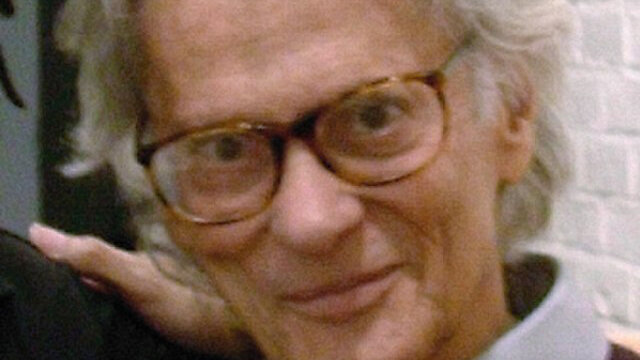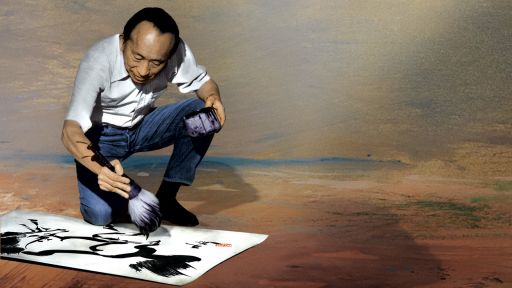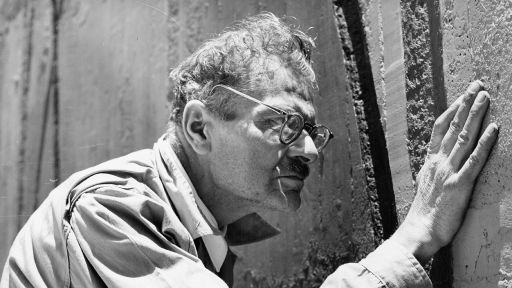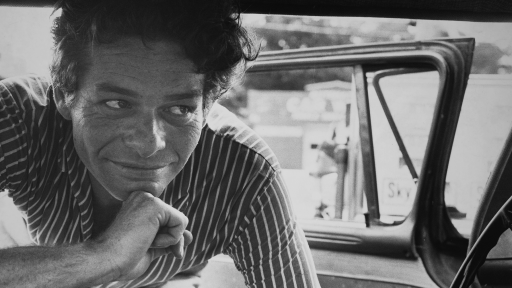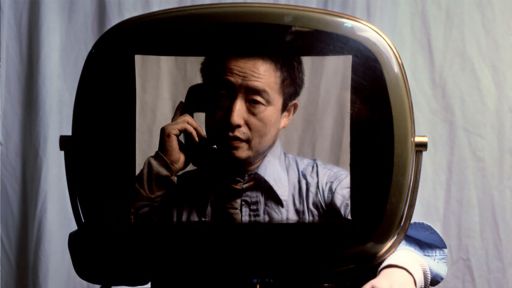“All photographs are accurate. None of them is the truth.”
–Richard Avedon
What do Jean Genet, Jimmy Durante, Brigitte Bardot, Georgia O’Keeffe, Jacques Cousteau, Andy Warhol, and Lena Horne have in common? They were a few of the many personalities caught on film by photographer Richard Avedon. For more than fifty years, Richard Avedon’s portraits have filled the pages of the country’s finest magazines. His stark imagery and brilliant insight into his subjects’ characters has made him one of the premier American portrait photographers.
Born in New York in 1923, Richard Avedon dropped out of high school and joined the Merchant Marine’s photographic section. Upon his return in 1944, he found a job as a photographer in a department store. Within two years he had been “found” by an art director at Harper’s Bazaar and was producing work for them as well as Vogue, Look, and a number of other magazines. During the early years, Avedon made his living primarily through work in advertising. His real passion, however, was the portrait and its ability to express the essence of its subject.
As Avedon’s notoriety grew, so did the opportunities to meet and photograph celebrities from a broad range of disciplines. Avedon’s ability to present personal views of public figures, who were otherwise distant and inaccessible, was immediately recognized by the public and the celebrities themselves. Many sought out Avedon for their most public images. His artistic style brought a sense of sophistication and authority to the portraits. More than anything, it is Avedon’s ability to set his subjects at ease that helps him create true, intimate, and lasting photographs.
Throughout his career Avedon has maintained a unique style all his own. Famous for their minimalism, Avedon portraits are often well lit and in front of white backdrops. When printed, the images regularly contain the dark outline of the film in which the image was framed. Within the minimalism of his empty studio, Avedon’s subjects move freely, and it is this movement which brings a sense of spontaneity to the images. Often containing only a portion of the person being photographed, the images seem intimate in their imperfection. While many photographers are interested in either catching a moment in time or preparing a formal image, Avedon has found a way to do both.
Beyond his work in the magazine industry, Avedon has collaborated on a number of books of portraits. In 1959 he worked with Truman Capote on a book that documented some of the most famous and important people of the century. Observations included images of Buster Keaton, Gloria Vanderbilt, Pablo Picasso, Dr. J. Robert Oppenheimer, Frank Lloyd Wright, and Mae West. Around this same time he began a series of images of patients in mental hospitals. Replacing the controlled environment of the studio with that of the hospital he was able to recreate the genius of his other portraits with non-celebrities. The brutal reality of the lives of the insane was a bold contrast to his other work. Years later he would again drift from his celebrity portraits with a series of studio images of drifters, carnival workers, and working class Americans.
Throughout the 1960s Avedon continued to work for Harper’s Bazaar and in 1974 he collaborated with James Baldwin on the book Nothing Personal. Having met in New York in 1943, Baldwin and Avedon were friends and collaborators for more than thirty years. For all of the 1970s and 1980s Avedon continued working for Vogue magazine, where he would take some of the most famous portraits of the decades. In 1992 he became the first staff photographer for The New Yorker, and two years later the Whitney Museum brought together fifty years of his work in the retrospective, “Richard Avedon: Evidence”. He was voted one of the ten greatest photographers in the world by Popular Photography magazine, and in 1989 received an honorary doctorate from the Royal College of Art in London. Today, his pictures continue to bring us a closer, more intimate view of the great and the famous.
Avedon died on October 1st, 2004.

